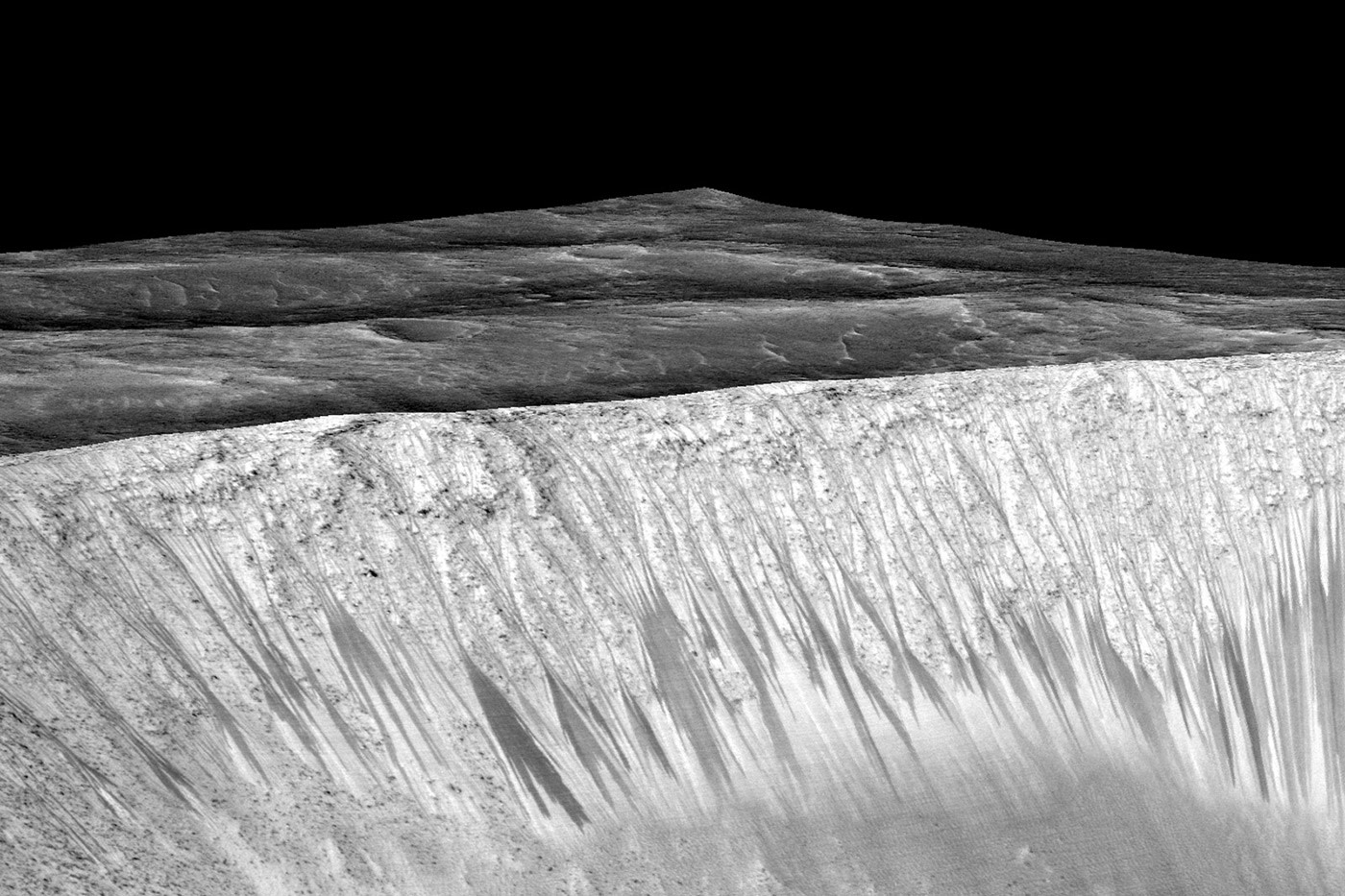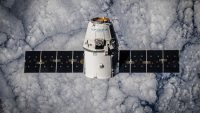We might not be able to use Martian water after all
Remember those dark streaks NASA’s Mars Reconnaissance Orbiter spotted running down canyons and hillsides on the red planet? They indicated the presence of water, which was a cause for celebration, as having water on Mars means astronauts won’t have to carry as much when they visit. Unfortunately, a new study says the planet’s water might not be drinkable. Worse, it might not even exist. A team of scientists from the University of Arizona looked more closely into those dark streaks called “recurrent slope linae” or RSL in an effort to figure out their origin.
Some scientists think they’re caused by melting ice, but the new study rules that out. Most RSLs are located near the planet’s equator, and any ice in those locations would have melted long ago. If the water that causes those RSLs come from underground, though, the team believes it would be buried really deep beneath the surface. That would make it hard to get to and would mean it’s too salty — we can’t drink it, just as we can’t drink water from the Dead Sea.
Based on the data they have, however, the team has concluded that the most likely source of water causing those RSLs is the atmosphere. It’s possible that the air in Martian canyons could be extremely humid, enough to transfer water to the ground. But if that’s still not the RSLs’ water source, then those dark streaks might be nothing but dry flows, landslides caused by changes in temperature. That would make water in those areas non-existent, crushing NASA’s dreams of being able to harness local water for the first humans on the red planet.
While sending a rover over could contaminate any water present in those canyons, NASA already announced in June that Curiosity will be driving to those canyons make its own investigation. That said, various research teams are still suggesting different ways to look at them more closely, including recreating the dark streaks here on Earth or sending over gliders to look at them from above.
(30)














